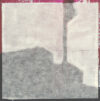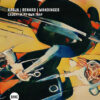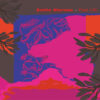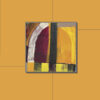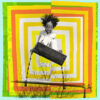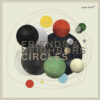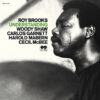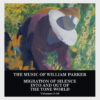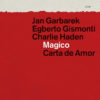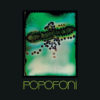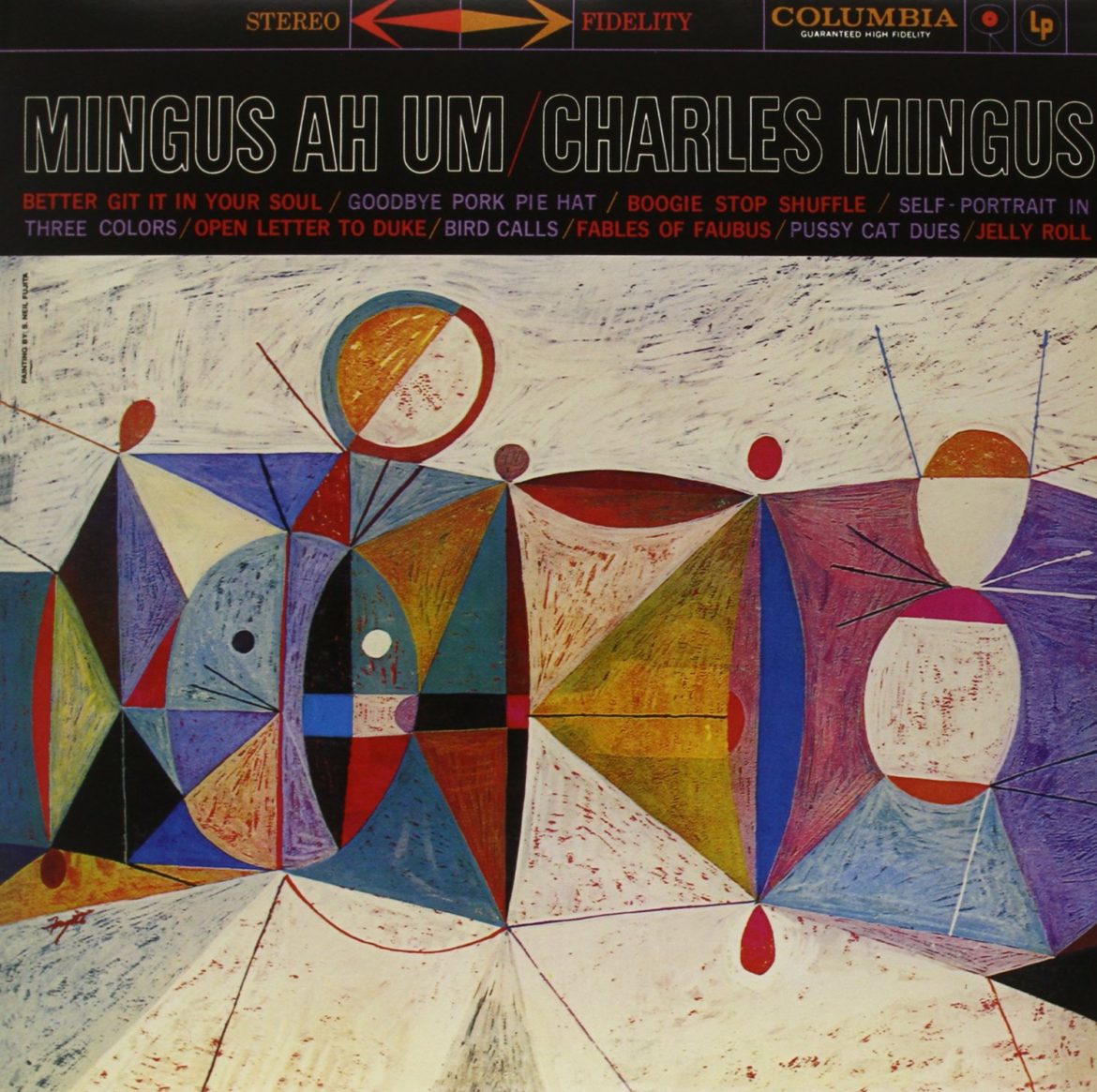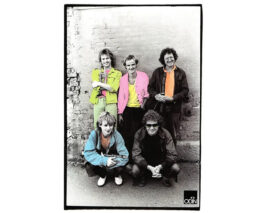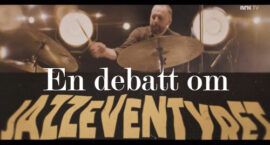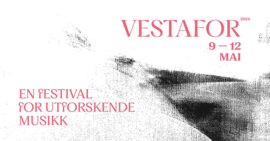«Mingus Ah Um»
Columbia CK 65512
Bass player and composer Charles Mingus (1922 – 1979) made his Columbia recording debut with this «Mingus Ah Um» album in 1959. Right after its release it became a ‘big hit’ and kind of a sensation all around jazz circles. Years and years afterwards it still has been considered one of the greatest albums in the whole history of jazz.
And no doubt about it, «Ah Um» is a true classic. Mingus lived his hey-day during those years in late 1950’s and early 1960’s and the band on this album was certainly the best combo Mingus has ever had.
The essential and most important part of the album is Mingus as a composer. In that role he could get out incredible variations and orchestrations with only a 7-piece band. Also he combines various jazz tradition forms with the present (and future for the 1960s avantgarde) on his individual and innovative way. He includes into his music influences from gospel, early jazz, blues, shuffle… The musical palette of Mingus comes directly from his all-time favourite composer Duke Ellington. All this musical heritage Mingus puts together on his own irresistable manner and personal taste and vision.
The album starts with up-tempo, 6/8-rhythm «Better Git It in Your Soul». Great solos by tenor saxophonists Booker Ervin and John Handy plus Dannie Richmond on drums lead the way to the gospel world according to Mingus. Handclapping and shouts inside (jazz) music were something new at that time. Well, here we have them both.
Many Mingus tunes are often based on a simple 12-bar blues. But so sophisticatedly that it’s hard to realise the basic blues structure underneath. On «Mingus Ah Um» there are two very good examples of that. The beautiful (one of the most ever) ballad tribute to Lester Young, «Goodbye Pork Pie Hat» is one example. A lot quicker by tempo, «Boogie Stop Shuffle», is another. It actually has four different themes in it. Horace Parlan does great work on piano.
Continuous changes in both rhythms and tempos, sometimes just a few bars long, are Mingus’s trade marks, too. The dynamic nuances and changes are worth mentionig, too. «Open Letter to Duke» is a fine example of those elements. Similar kinds of things can also be heard on the third ‘hit’ of the album (along with «Better Git It…» and «Goodbye Pork Pie Hat»), «Fables of Faubus». The rhythms and tempos change all the way continously.
Only 3+ minutes long «Self-Portrait in Three Colors» is another masterpiece among others, too. Beautiful slowish melody and rich horn arrangements make things happen. In a slow-medium blues «Pussy Cat Dues» there are many great solos. One of them is performed by trombone player Jimmy Knepper. Excellent solos are also heard by Parlan, Mingus himself and, perhaps most notably, by John Handy on his rarely heard second instrument clarinet.
«Jelly Roll» takes the listener to the early jazz years’ joyous feelings with its shuffle rhythm whereas «Bird Calls» refers in some ways to bebop with its whipping tempo.
The CD version (1979) has three bonus tracks aside the nine compositions on the original LP from 1959. «Pedal Point Blues» is based on a simple riff. Starting with a piano intro, the riff then changes to be led by tenor saxophones and it goes on throughout the piece (except the solos) to the very end. Paying attention to what’s happening in the background is The Thing here.
On «GG Train» John Handy’s alto sax playing is the essential part in this up-tempo piece. So are also the 4-bar chases between alto sax and drums. And, of course, there is a slow part between the up-tempo parts. «Girl of My Dreams» goes mostly in up-tempo but changes a couple of times into slow-medium ¾-waltz rhythm.
Though Mingus’s music has not been performed and/or recorded by other jazz musicians in such amount as, for example, Monk’s eccentric music, his musical legacy has inspired and led the way for many later generations of musicians. Mingus The Great. Ah Um! A classic indeed.
Recommended reading while listening: Charles Mingus: Beneath The Underdog (Penguin Books).
Timo Vähäsilta

